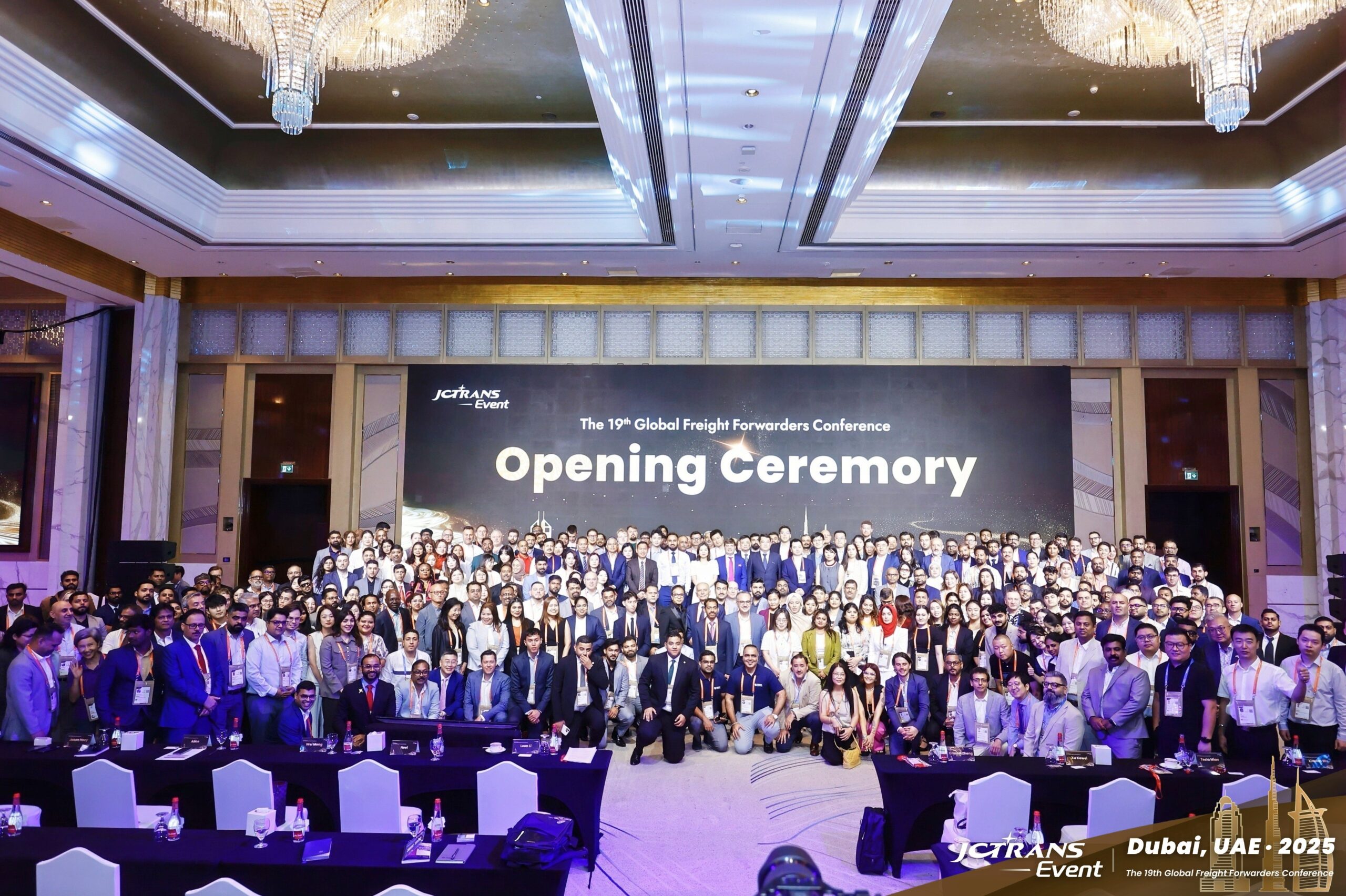VEIR Innovates Superconductor Technology for Data Centers

The demand for power in data centers has surged dramatically, prompting the startup VEIR to develop innovative superconducting cables tailored for this rapidly evolving sector. Based in Massachusetts and backed by Microsoft, VEIR aims to address the projected rise in power requirements, which are anticipated to reach up to 600 kilowatts in the coming years.
Tim Heidel, CEO of VEIR, highlighted the urgency in the industry, stating, “In the next couple of years, it’s going to be 600 kilowatts, and then we’re going to a megawatt.” As developers scramble to design facilities that can accommodate such loads, VEIR has adapted its superconducting cable technology to meet the unique needs of data centers, focusing on systems that can support 3 megawatts of low-voltage electricity.
Adapting Technology for Data Center Needs
To illustrate the capabilities of this new technology, VEIR constructed a simulated data center near its headquarters. The company plans to pilot its cables in real-world data centers next year, leading up to a commercial launch expected in 2027. Superconductors are unique materials that can conduct electricity without any energy loss, although they must be cooled to temperatures below -196 °C to function effectively.
Heidel noted that VEIR initially focused on long-distance transmission lines but shifted its attention due to the pressing needs of data center operators. “The pace at which the data center community is moving, evolving, growing, scaling, and tackling challenges is far higher than the transmission community,” he remarked.
Discussions with potential data center customers have highlighted a growing awareness of the complexities involved in grid interconnections. “We actually have really hard problems to solve on our campuses and inside of our buildings,” Heidel explained. As a response, VEIR repurposed its existing technology to cater to the low-voltage demands of data centers, using superconductors sourced from the same suppliers.
Efficiency and Space Optimization
The design of VEIR’s superconducting cables offers significant advantages over traditional copper wiring. These cables can occupy 20 times less space while delivering power over distances that are five times greater. Heidel described VEIR’s role as a systems integrator, stating, “We build the cooling systems, manufacture the cables, and put the whole system together in order to deliver an enormous amount of power in a small space.”
The cables are encased in a jacket that contains the liquid nitrogen coolant necessary for maintaining the superconductive state. Termination boxes facilitate the transition from superconductors to conventional copper cables, ensuring a seamless integration into existing data center infrastructure.
As the demand for efficient and scalable solutions intensifies, VEIR’s innovations come at a critical moment for the AI and data center sectors. Heidel emphasized the competitive pressure on these fields, noting, “There’s a tremendous amount of competitive pressure to stay at the forefront.”
With its focus on superconducting technology, VEIR is poised to play a pivotal role in shaping the future of data centers, addressing both current and future power demands in an increasingly data-driven world.






